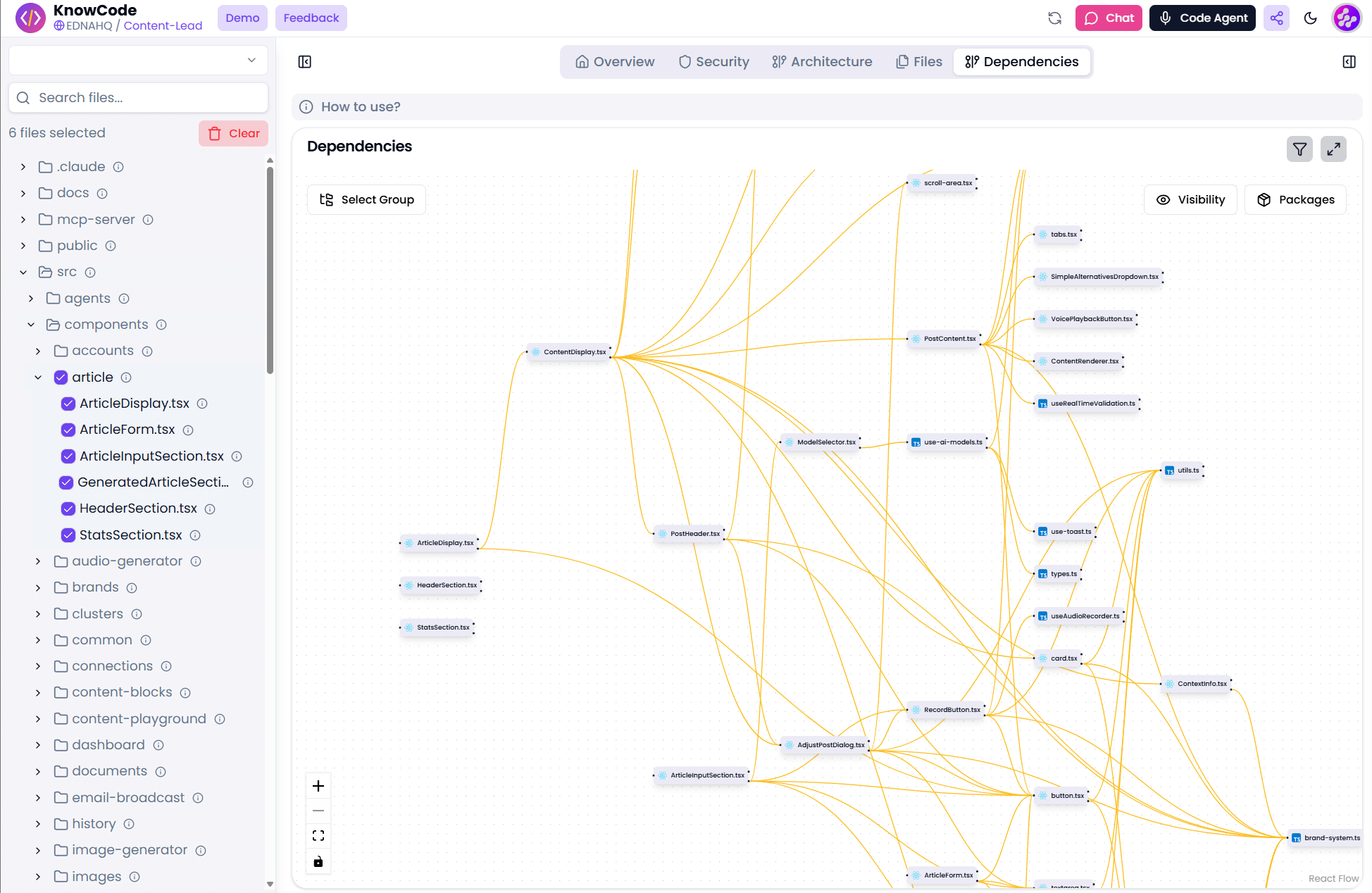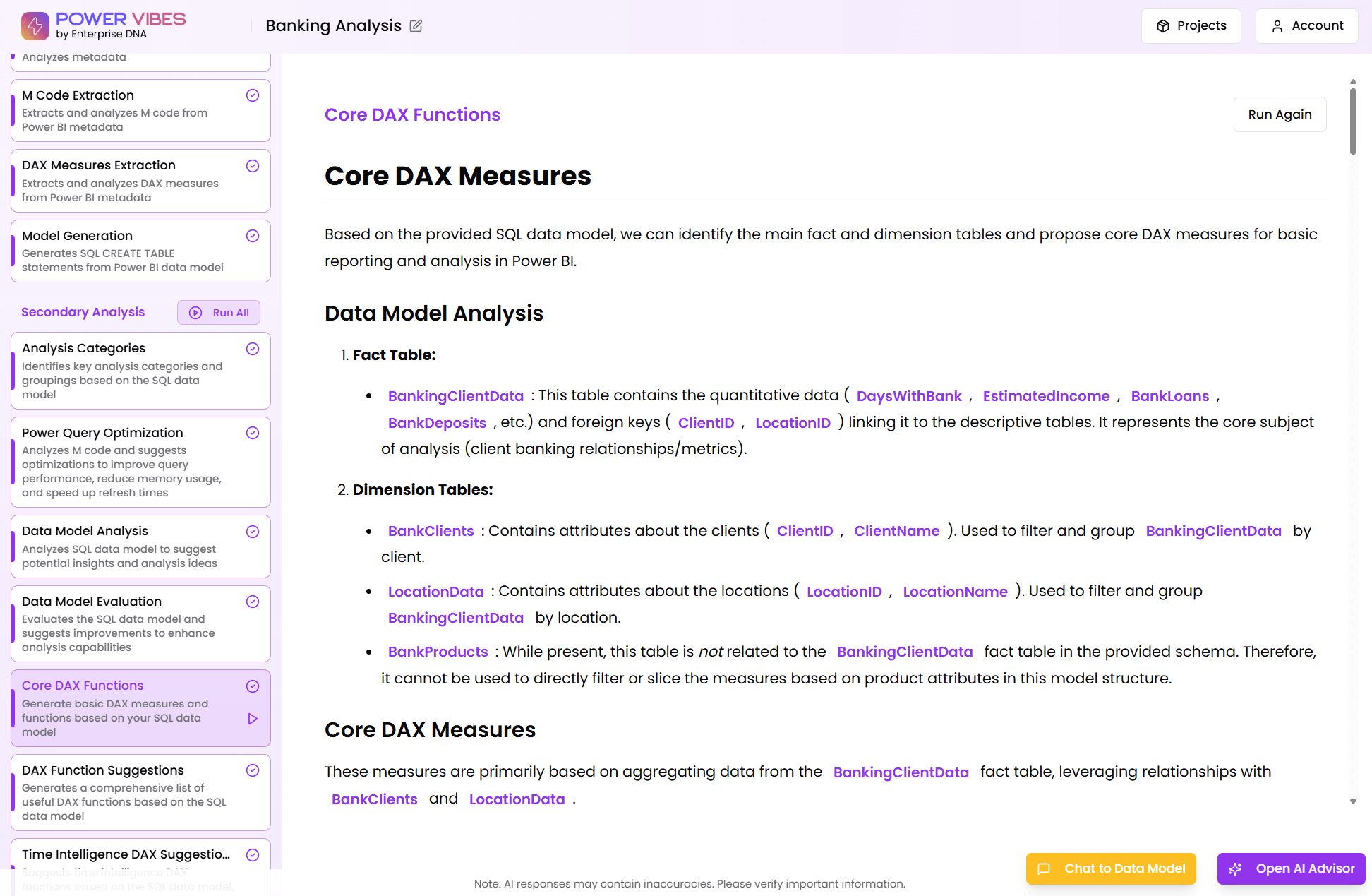DAX Function Guide
POISSON.DIST
Sam McKay
CEO & Founder
How does the POISSON.DIST work?
POISSON.DIST Formula Syntax
POISSON.DIST(
x,mean,cumulative
)
How do you use the POISSON.DIST?
A common application of the Poisson distribution is predicting the number of events over a specific time, such as the number of cars arriving at a toll plaza in 1 minute.
Related Blog Posts
Loading
Considerations when using the POISSON.DIST?
If x is not an integer, it is rounded.
If x or mean is nonnumeric, POISSON.DIST returns the #VALUE! error value.
If x < 0, POISSON.DIST returns the #NUM! error value.
If mean < 0, POISSON.DIST returns the #NUM! error value.
POISSON.DIST is calculated as follows.
For cumulative = FALSE:

For cumulative = TRUE:

Related Video Tutorials
Loading
Formula examples using the POISSON.DIST
=POISSON.DIST(C5,C6,FALSE)
=POISSON.DIST(B5,B6,TRUE)
=POISSON.DIST(B5,B6,TRUE)
Related Courses
Loading










